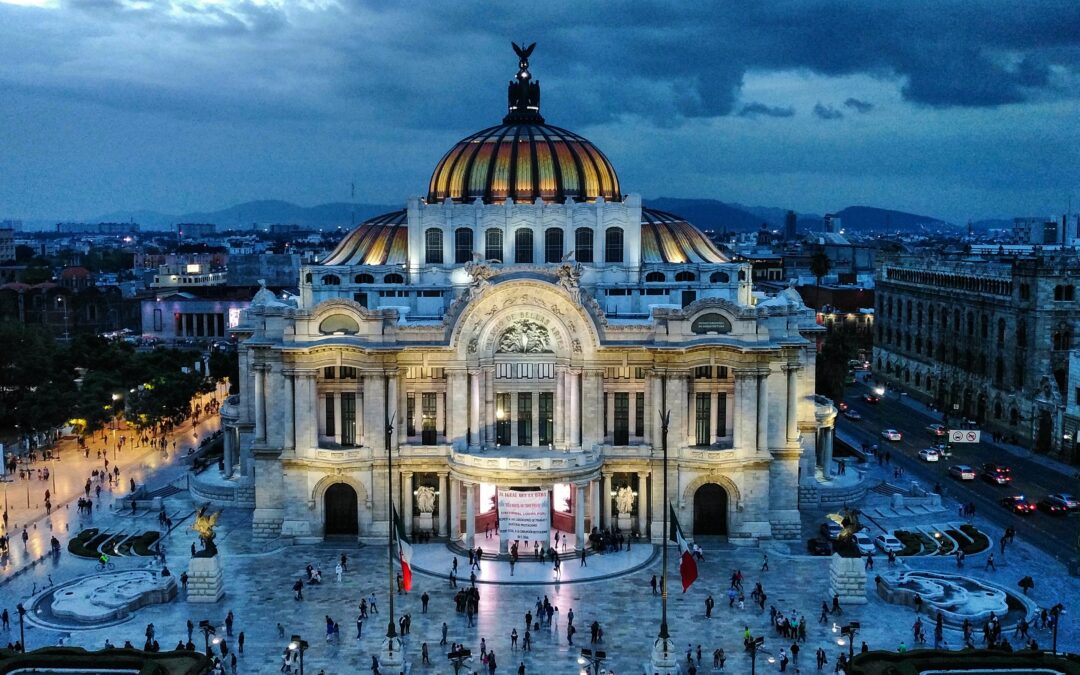According to the United Nations World Trade Organization (UNWTO), tourism is on track to make a full recovery from the COVID-19 pandemic, with twice as many international arrivals seen in the first quarter of 2023 compared with the same period in 2022.
Data gathered by the UNWTO suggests that some 235 million tourists traveled internationally in the first quarter of 2023, equating to 80 percent of pre-pandemic levels. Additionally, revised data from 2022 revealed that more than 960 million people traveled internationally that year in total.
With an increase in tourism, we can expect to see more travel trends going forward. Here are 9 of the hottest travel trends in 2023 and beyond.
1. Responsible Travel
In recent years, there has been a notable increase in consumer consciousness regarding environmental and social issues. This growing awareness has placed sustainability in the spotlight, particularly in the context of travel. As a result, responsible tourism has witnessed a surge in interest, with travelers seeking to leave a positive, rather than negative, footprint on their favorite vacation destinations.
Travelers in 2023 are increasingly putting their spending power behind ethical tourism, high-impact conservation trips, and safe and sustainable journeys that respect and support local communities and cultures.
2. Local Immersion
Travelers no longer focus solely on amenities and aesthetics. Instead, vacationers are showing a preference for meaningful interactions with local people, taking advantage of a unique opportunity to learn about a location’s culture and history.
A recent Hilton Trends Report suggested that almost half of the travelers polled were seeking out authentic cultural experiences. In 2023, travelers are focusing on finding a feeling of community, as well as adding meaning to their travel experience by learning about local crafts, shopping from local businesses, and connecting with local people.
3. All-Inclusive Destinations and Package Travel
After the stress created by COVID-19—flight cancellations, lockdowns, quarantining, and general travel chaos—it is unsurprising that many travelers are seeking to offload these worries onto a third party. They are increasingly choosing to rely on travel agents and tour operators to take the stress out of planning their trip by dealing with all the fine details for them.
In 2023 many travelers are simply setting a budget and destination, allowing the experts to handle the rest.
4. Low-Cost Destinations
Amid a spiraling cost-of-living crisis, as rising inflation and interest rates hit home, consumers in many countries are presented with the realities of a reduced disposable income. To make their hard-earned dollars go further, many travelers are setting their sights on new, more affordable destinations.
In 2022 New York ranked first as the world’s most expensive city, followed by Singapore, Tel Aviv, and Hong Kong. While these destinations remain popular with wealthier travelers in 2023, middle-income travelers are showing a preference for more affordable alternatives, such as Mexico, Bolivia, India, Vietnam, Nepal, Morocco, and South Africa.
5. Wellness Breaks
Hotels.com suggests increased interest in wellness breaks, particularly unconventional wellness activities such as laughter therapy, fruit harvesting, and sylvotherapy, which involves guided meditations in forests. Wellness breaks provide a conduit through which guests can de-stress, helping them to restore the delicate balance between body and mind.
Mindfulness breaks and digital detoxes are seeing a huge rise in interest, prompting forward-looking travel businesses and hotel brands to invest in expanding their wellness offerings.
6. Solo Travel
More and more vacationers are traveling alone, interested in meeting new people, connecting with their inner selves, and engaging in exciting and enthralling activities. According to research from Skyscanner, some 51 percent of UK travelers found traveling alone beneficial to their mental health.
7. Hyper-Personalization
Personalization is more important than ever before, with brands coming under pressure to pull out all the stops in terms of creating tailor-made content. With brands collecting vast amounts of customer data across various touchpoints, savvy marketers are upping their personalization efforts across the board, personalizing everything from product offers to blog content.
Hyper-personalization is about much more than just adding a customer’s name to a generic email; instead, brands are listening to audiences and identifying what matters to them, using this information to return relevant content experiences at just the right moment to entice the customer.
8. Concierge and Value-Added Services
Based on a survey conducted by Virtuoso, a renowned global travel agency network, 76 percent of travelers acknowledge the existence of a “new normal.” This acknowledgment has resulted in a heightened demand for expert advisors who can assist in saving travelers’ time, energy, and frustrations. By offering value-added services like concierge assistance for managing itineraries and logistics, travel experiences are being elevated by relieving vacationers of the hassle and stress associated with these tasks.
9. Biometrics
Over the last few years, contactless payments have skyrocketed in popularity, with biometric payment methods like Apple Pay enabling travelers to make payments quickly and easily while on vacation.
Industry experts anticipate that the current trend of using biometrics for travel identification is only the initial phase of a larger transformation. Border forces are progressively relying on biometric technology, paving the way for a future where such methods become more prevalent. Moreover, innovative payment initiatives like Hudson Nonstop’s ‘Just Walk Out’ and Mastercard’s “smile to pay” system are pushing the boundaries of contactless transactions. These initiatives allow customers to effortlessly settle their bills by either waving their hand or presenting their face, showcasing the advancement of convenient and seamless payment experiences.

